PTFE is used in various situations such as lining of domestic utensils, dental prostheses, artificial bones and, it is clear, in industrial applications for sealing solutions.
PTFE materials have a differential in relation to other elastomers: resist degradation and alteration in its physical properties, thus allowing a long service life of the product.
They can also be stored indefinitely and can be exposed to the elements., in addition to being resistant to the actions of U.V rays.
Learn more about its properties below.
What is PTFE?
PTFE (polytetrafluoroethylene) - better known by the trade name Teflon®, from the company Duppont – was accidentally created in 1938 chemical hair Roy Plunkett while doing experiments with gas for refrigeration. Roy noticed the appearance of a white powder in the cylinder that contained the gas.
In this ocasion, Roy had another research objective and could have discarded the substance. if he had done that, PTFE would not exist.
Types of PTFE for industrial use
In the industrial sealing segment, There are three types of polytetrafluoroethylene: virgin, loaded and expanded, which we will deal with below.
Virgin PTFE:
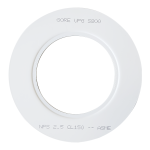
Due to deformation of Virgin PTFE, its joints must be applied at temperatures close to that of the environment, at low pressures and in non-critical applications (non-hazardous fluids).
With thinner thicknesses (0,5 mm), this variation works as a great material to use as a gasket envelope and o-rings, considering creates a chemical protection barrier over the gasket Hydraulic cardboard or elastomer.
PTFE under applied load:
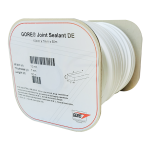
This solution of PTFE with additive of other substances was introduced in the industry still in the years 50 in order to improve the properties of the virgin material commented above. An example of everyday life is Tefal (Teflon + Aluminum) as a non-stick coating.
For the sealing industry, the PTFE received mineral fillers that retard, but do not prevent, the undesired flow that occurs in the virgin type.
Expanded PTFE:
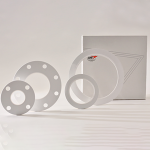
O PTFE expandido It is manufactured due to the process of pulling the material in one or more directions, increasing its porosity, making it soft.
However, the material has the same composition as the pure, but with its improved sealing properties and without losing the chemical resistance inherent to the polymer.
The checking of a certain softness and porosity ensured that the material was more suitable for basic sealing needs, which are the compressibility and recovery of the material. Such features ensure that the seal is able to compress and accommodate flange imperfections through crushing pressure..
As expanded PTFE does not have the inherent deformation of other types, he is able to maintain a resulting pressure (torque of the clamping set) longer than any other material.
It can be expanded unidirectionally (image left, below) or multidirectional (image right, below).
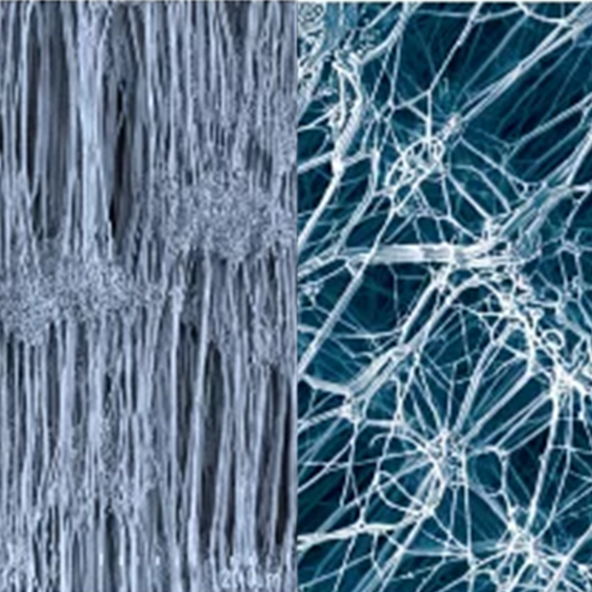
The high melting point of this material allows its application at temperatures that can have peaks of up to 315ºC (depending on other factors).
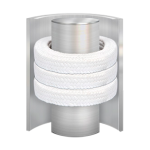
Due to its high chemical resistance of this material, the gaskets produced with it can be used in almost all industrial applications and have excellent durability.
Of particular note is the pure PTFE gasket used in the pharmaceutical and food industry, in which there can be no contamination of the product (image above).
Already with the addition of graphite in the gaskets, friction resistance is increased and enables use at higher speeds.
For example, the GFO high performance packing is capable of increasing the operating time of a piece of equipment many times over, as its amount of graphite and braid continuity provide excellent heat dissipation and long-term lubrication compared to gaskets available on the market.
Learn more about sealing
PTFE is a kind of substance that implements other materials used in sealing, but which can also be used separately. Here in the Our site, you have access to the different types, application sites and also information on how to apply them in your industry and about the sealing sector.
No Linkedin da KLINGER Brazil, it is possible to follow news of the segment, more information about products, you say what kind of material to use and other content under control, fluid monitoring and sealing.



